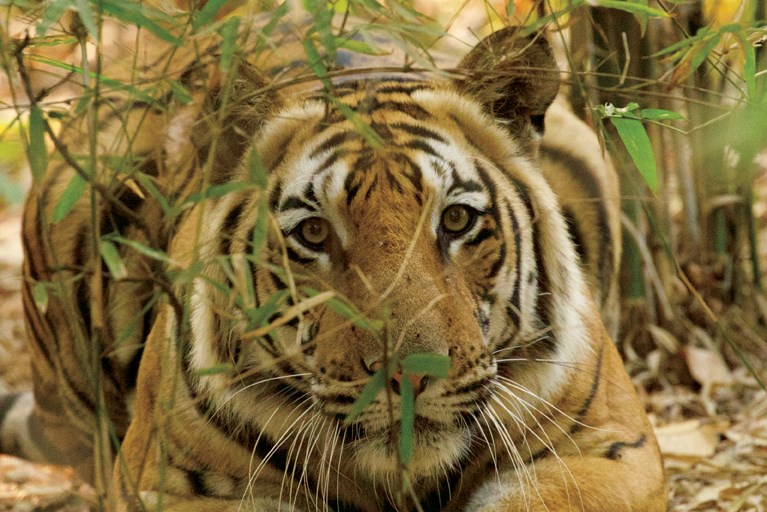It was difficult to believe that Dr. Rand Rudland had travelled and experienced so much in his lifetime, but the proof was there – in his photos. They ranged from images of the planet’s extremes – the Canadian far north to Antarctica – to islands in the south Pacific and the forests of the Sunshine Coast.
The capacity crowd at the annual Clifford Smith Memorial Lecture last Saturday heard a lengthy introduction from Thomas Kern, chair of the board of Sunshine Coast ElderCollege that presented the lecture. After earning honours in Biology and Forestry, Rudland received his MD from University of British Columbia in 1978 and spent 30 years on the Sunshine Coast, that is, when he wasn’t travelling or leading eco tours around the globe, laden with his camera equipment.
Inspired by Charles Darwin’s theories of evolution, Rudland viewed the creatures he was photographing in the context of their evolutionary history, which he shared with the audience. They learned such tidbits as the fact that dragonflies have evolved to colonize every continent except Antarctica, and that the evolution of the giraffe’s long neck, allowing it to pick juicy leaves from tall trees, may have taken some 18 million years. These were accompanied by close-up photos of the creatures.
Though Rudland has taken some extraordinary close-ups of insects and birds, his best stories were about the bigger creatures, for example, the far-off sighting of a snow leopard hunting prey that Rudland caught on video briefly, until someone knocked over the tripod.
His account of coming eyeball to eyeball with a Bengal tiger in India was thrilling, especially when the photographers in the open jeep learned just how quickly a tiger could advance on them when disturbed.
His images of scenery were also spectacular, especially a shot of Paraguay’s Iguazu Falls. Rudland remarked on changes to the planet seen on his travels: glaciers that were dropping vast acres of ice into the ocean and the devastation of forests that had been cleared to make way for monocultures in which no animals would live.
Soon he will go to Madagascar – the island is an evolutionary marvel that has long been on his list – and he expects to return with unique photos. He closed the show with an impressive shot of a monkey, up close and personal, staring with piercing eyes at his photographer.



